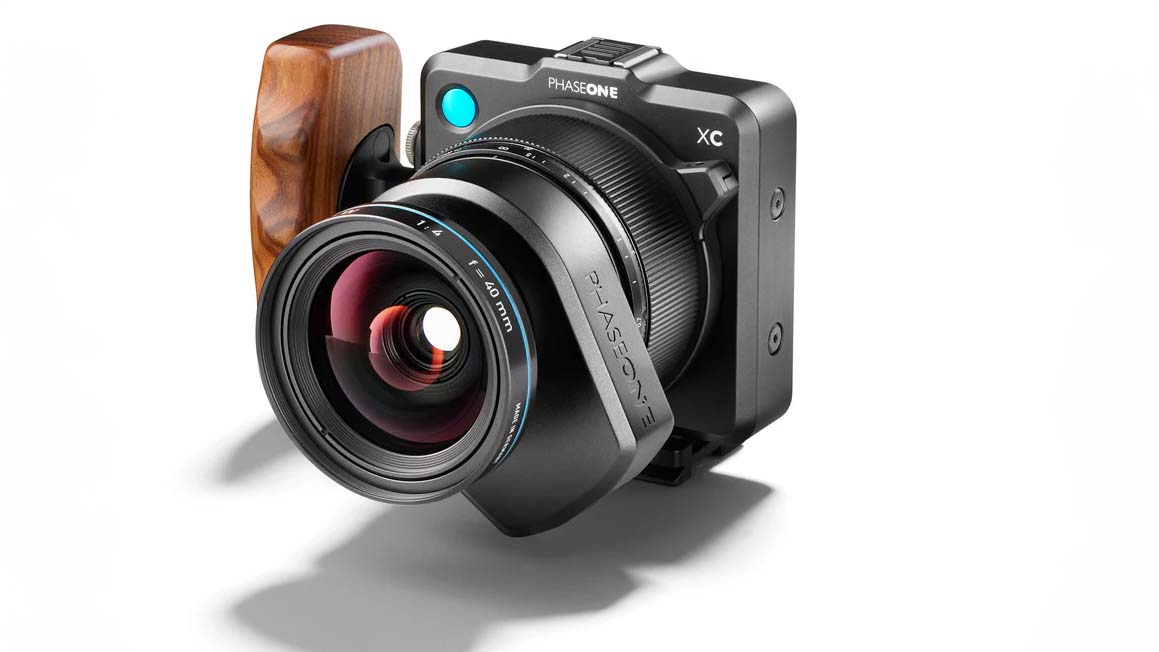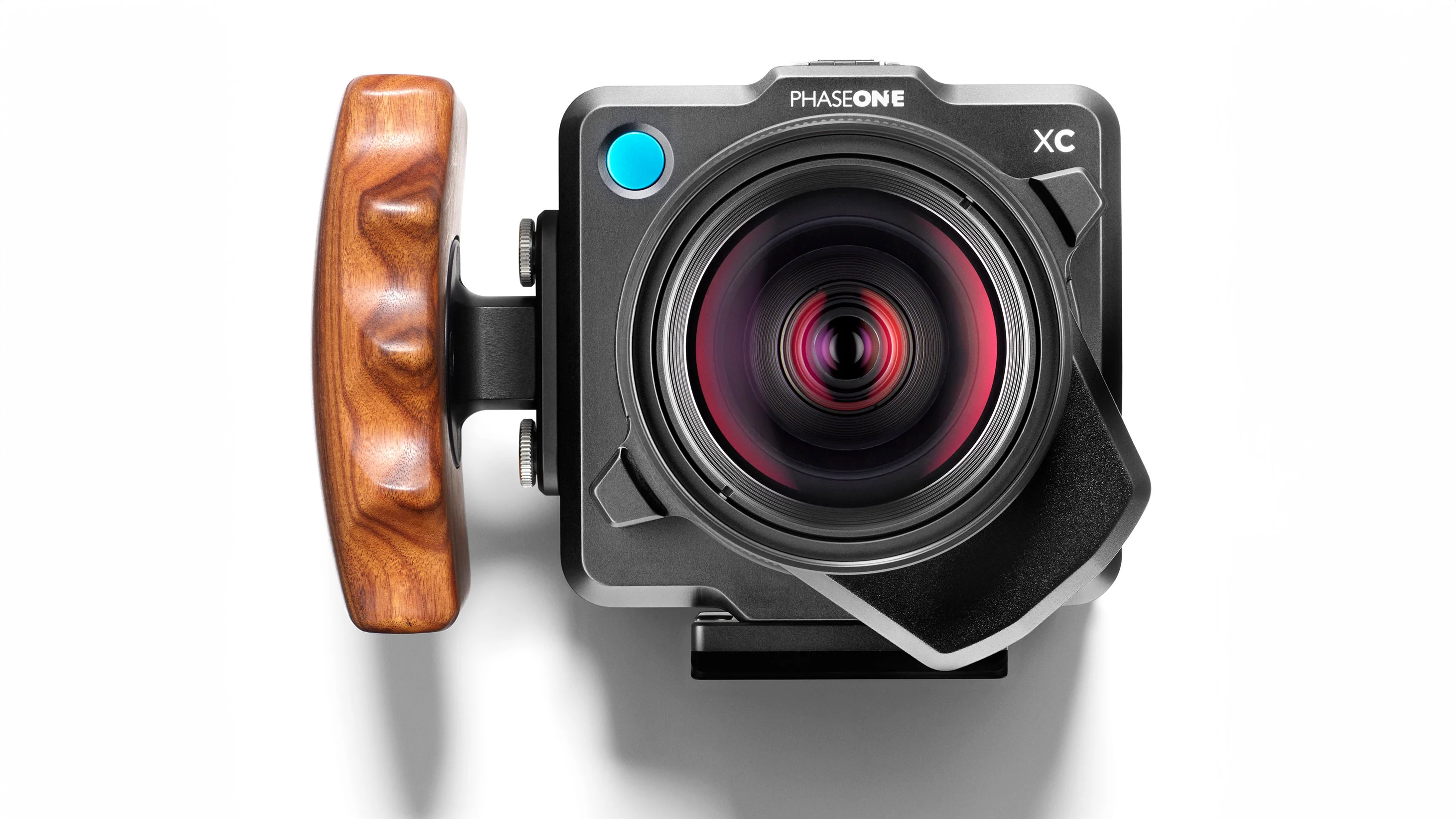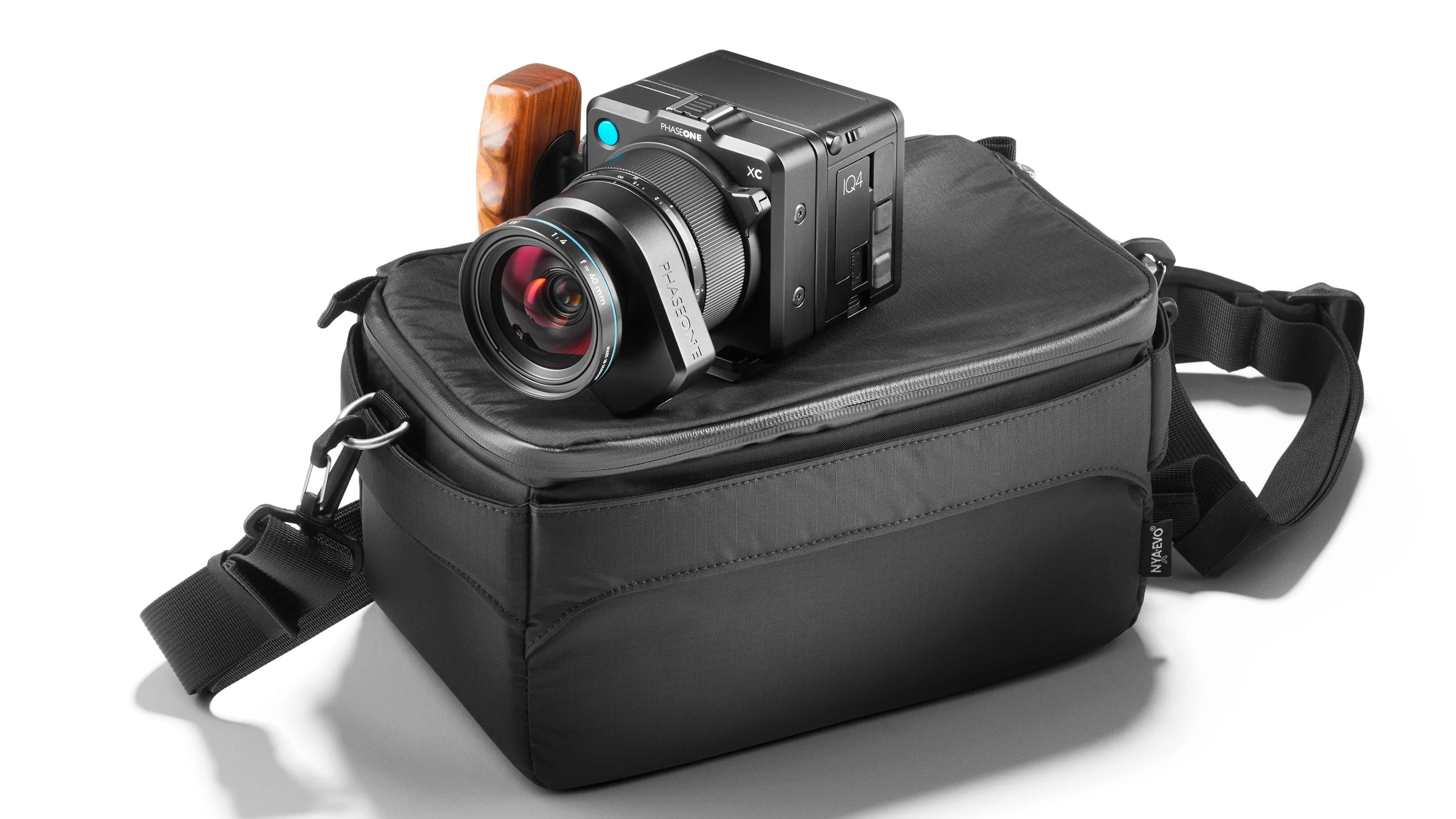
Last year, Phase One introduced the XC, a 150MP medium-format camera featuring a built-in Rodenstock 23mm f/5.6 lens. Now the Danish camera company has launched a new version of the camera, the XC 40, that comes equipped with a longer 40mm lens to offer a more versatile option for photographers.
The original Phase One XC received critiques regarding the ultra-wide 23mm lens, which provides a 14mm full-frame equivalent focal length. While this wide-angle view was useful, it isn't the ideal choice for many landscape or travel photographers as it can be too wide for most standard compositions.
The new Phase One XC 40 features a more conventional wide-angle 40mm lens, delivering a 24mm equivalent focal length, aligning more closely with what photographers typically look for in a wide-angle.
ABOVE: Watch the Phase One XC 40 launch video
The XC 40 retains the manual focus lens design of its predecessor and can be paired with Phase One's IQ4 150MP digital back. This new 40mm Rodenstock HR Digaron-S lens also boasts a faster f/4 aperture, compared to the f/5.6 lens on the original XC 23.
The IQ4 150MP image sensor offers significant cropping options – bearing in mind that this is a true medium format sensor, at 53.4 x 40mm, compared to the cropped medium format 43.8 x 32.9mm sensors used b y Fujifilm and Hasselblad – along with 15 stops of dynamic range, an ISO range of 50-25,600, and image resolution of 14,204 x 10,652 pixels. The system is operated through a touchscreen interface, and captures 16-bit RAW images.
Beyond its lens and sensor, the XC 40 also includes numerous advanced features designed to aid photographers. These include automated frame averaging, automatic metering (unusual for field cameras), built-in WiFi, mobile integration, and customizable "IQ Styles" for dialing in specific looks. These features are designed to make the camera more versatile in the field, simplifying shooting without compromising on quality.

The biggest question that potential buyers face is why they might choose the XC 40 over Phase One's other options, such as the XF or XT bodies that offer interchangeable lenses.
The XC cameras' main advantage lies in their compact, travel-friendly design – a rarity in the true medium format space. However, for those seeking flexibility in lens choice or the tilt-and-shift functionality offered by the XT, the XC 40 may not be the ideal option despite its strong set of features.
I will also point out that "body-only" (the lens is attached to the body) will see you invest $20,029 (about £14,931) of your hard-earned cash; if you want the 150MP back as well, then the total package is a massive $62,490 ($46,585)!

If you don't want to spend 20 grand on one, you might be interested in the best medium format cameras from other manufacturers. And you don't need medium format to get high resolution; check out the highest resolution cameras across all formats!







